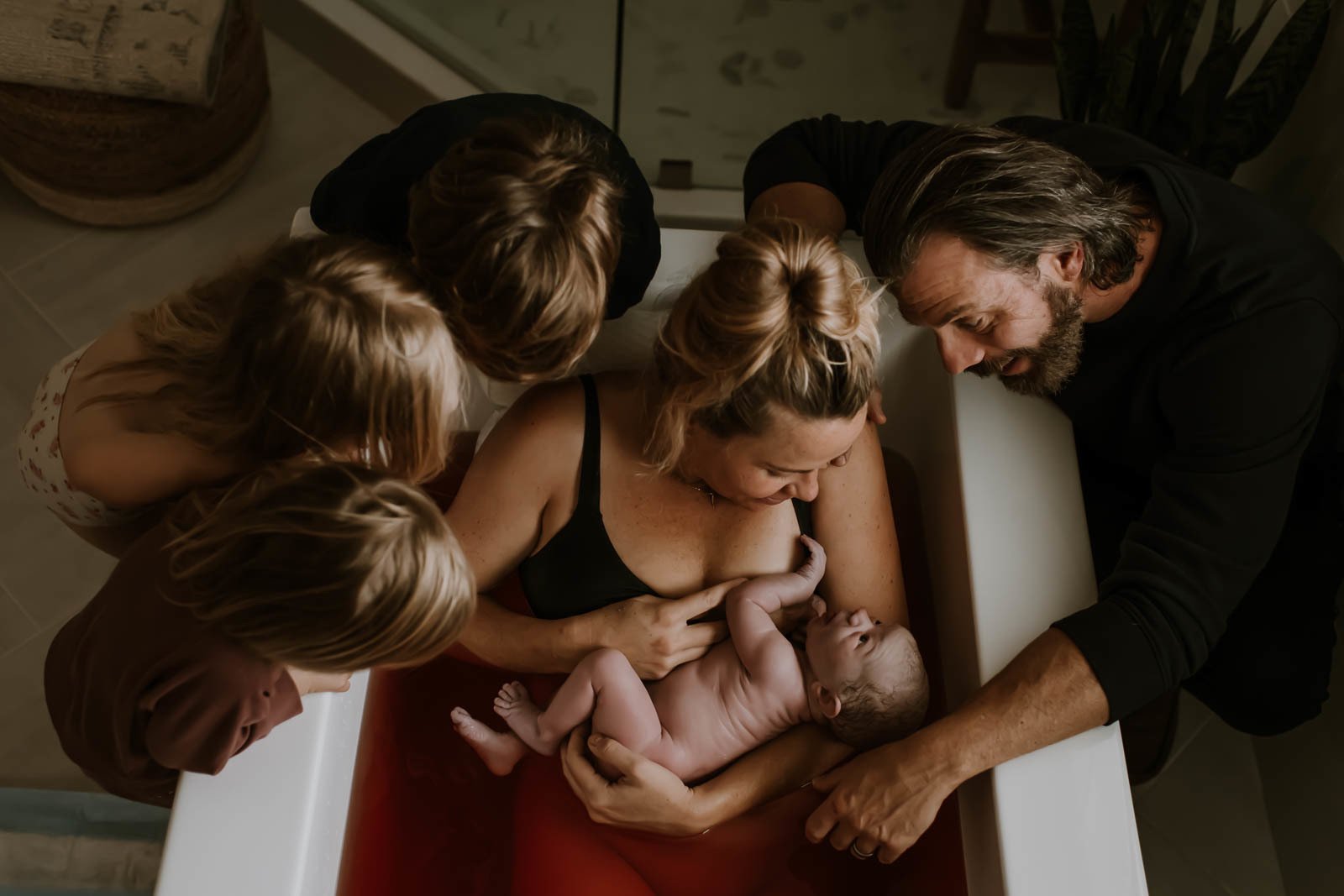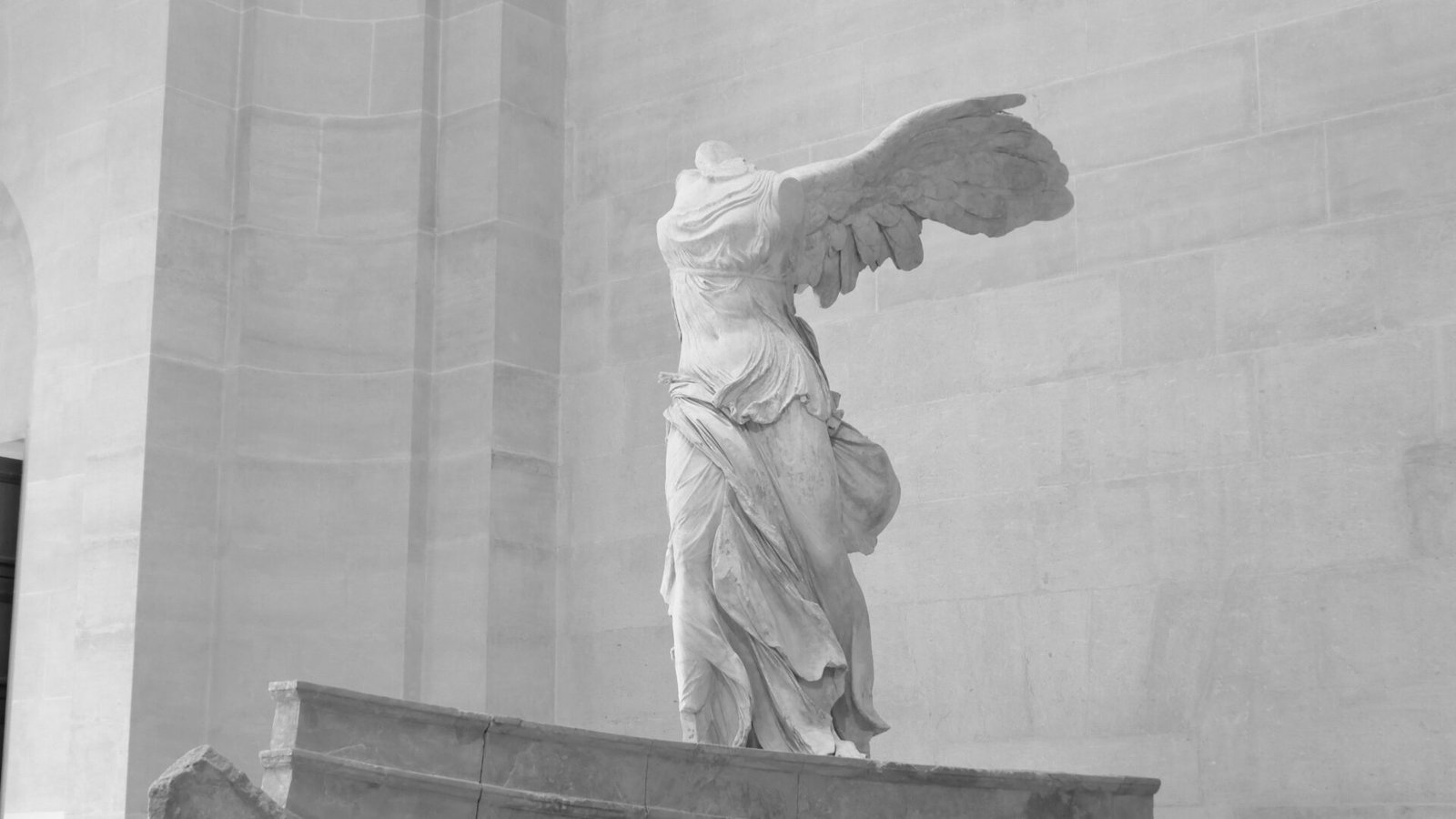One of the few sources of truth in my childhood was Pippi Longstocking, even though she told quite a few lies. But her lies were nothing like the lies or half-truths adults told, or the poor and unpractical education I received. Besides that, I had access to a whole library of children’s books, which filled me with idealism and perfectionism that later doomed me to a perpetually broken heart.
Sometimes I feel guilty that my child grew up practically without fairy tales, purely from the standpoint of passing on cultural knowledge. But today there are so many good, engaging books that my child simply never showed interest in fairy tales, and my parenting is primarily grounded in the principle of non-violence. Perhaps someday he will read those stories on his own.
These days, we often read Konrad by Christine Nöstlinger and Matilda by Roald Dahl. These books are full of things adults think “children shouldn’t be told” — like that there is no Santa or that some parents are stupid and hate their kids. Each time I read them, I think: the first one was written in 1975, the second one in 1988, and now it’s 2025 — and yet people still hide real life from children, lie to them for the sake of some idealized, narrow worldview, fragile control, or the wish to protect. Then the child grows up either shattered by the truth or completely unprepared for life.
Open communication about childbirth
Yesterday I showed my seven-year-old son how a baby is born. He simply couldn’t believe babies aren’t pooped out and couldn’t understand the purpose of the umbilical cord — even though we had talked about it many times. So I showed him how our bodies are built and told the story of his time in my belly.
It was a video of a home birth with a doula, a father, and three other children, from this page. My son watched it with curiosity, rewinding and asking questions. It wasn’t sensational or clinical, but a positive, gentle birth with that unique atmosphere of support and smiling faces. This was the honest answer to his question — an answer I only got myself when I became pregnant, at 27.
The alternative is ignorance or fantasy — that is, a distorted perception or blocking reality, resulting in practical unpreparedness for life. Also, what a blessing it is to have enough trust to talk openly about everything, strengthening the bond and creating space for future delicate conversations.
Why is the truth about childbirth hidden?
What fills the void left by the absence of honest answers? Fantasies, guesses, and later the shock of realizing you grew up in a made-up world where there were no periods, no STDs, and babies were brought by storks or Santa.
When I read those books and watch those videos of children present at births, I hear my cultural background whisper: “Are you sure children should see that? Isn’t it too early? Won’t it traumatize them?” But that’s precisely why an adult is there — to feel when and how to share truthful, realistic information, guided by an inner compass and knowledge of your own child.
When did having a child present at birth become forbidden or traumatic? Until recently, in many societies children were witnesses to births within the family. The taboo around this topic is a product of modern culture, not a universal norm.
Historical and cultural context
Until the mid-20th century, childbirth in many cultures was a family and even community event. Births happened at home, surrounded by relatives and acquaintances. Children — especially girls — were often present at the births of sisters, mothers, or aunts, experiencing it as a natural part of life.
This changed with the medicalization of childbirth in the 20th century. Birth became the domain of doctors and nurses, and access to the laboring mother was limited. Victorian and post-Victorian notions of modesty led to hiding the birth process from children. Visual images of genitalia became associated primarily with sex, not reproduction. Smaller families, generational separation, and loss of extended family removed natural opportunities for children to witness birth. Within two to three generations, childbirth went from a normal, visible event to something completely hidden from children.
Modern challenges: information, porn, and risks
Today, children often learn about sex and their bodies from pornography. Despite parental efforts to protect them, the average age of first exposure is around 11. It is critical that by that age children already understand anatomy, physiology, what violence is, and how to protect themselves.
Natural curiosity and scientific thinking deserve timely answers — without lies or taboos, but with attention to safety.
In summary
Honest, timely information strengthens trust between child and parent, helping the child grow up prepared for life without illusions or disappointment. Modern cultural shifts have led to silence around important topics, creating risks for children’s development. Open dialogue and natural observation of life’s processes help raise more aware, prepared individuals. It is essential to share information gradually, attuned to the child’s needs, creating a safe space for questions and conversation.



